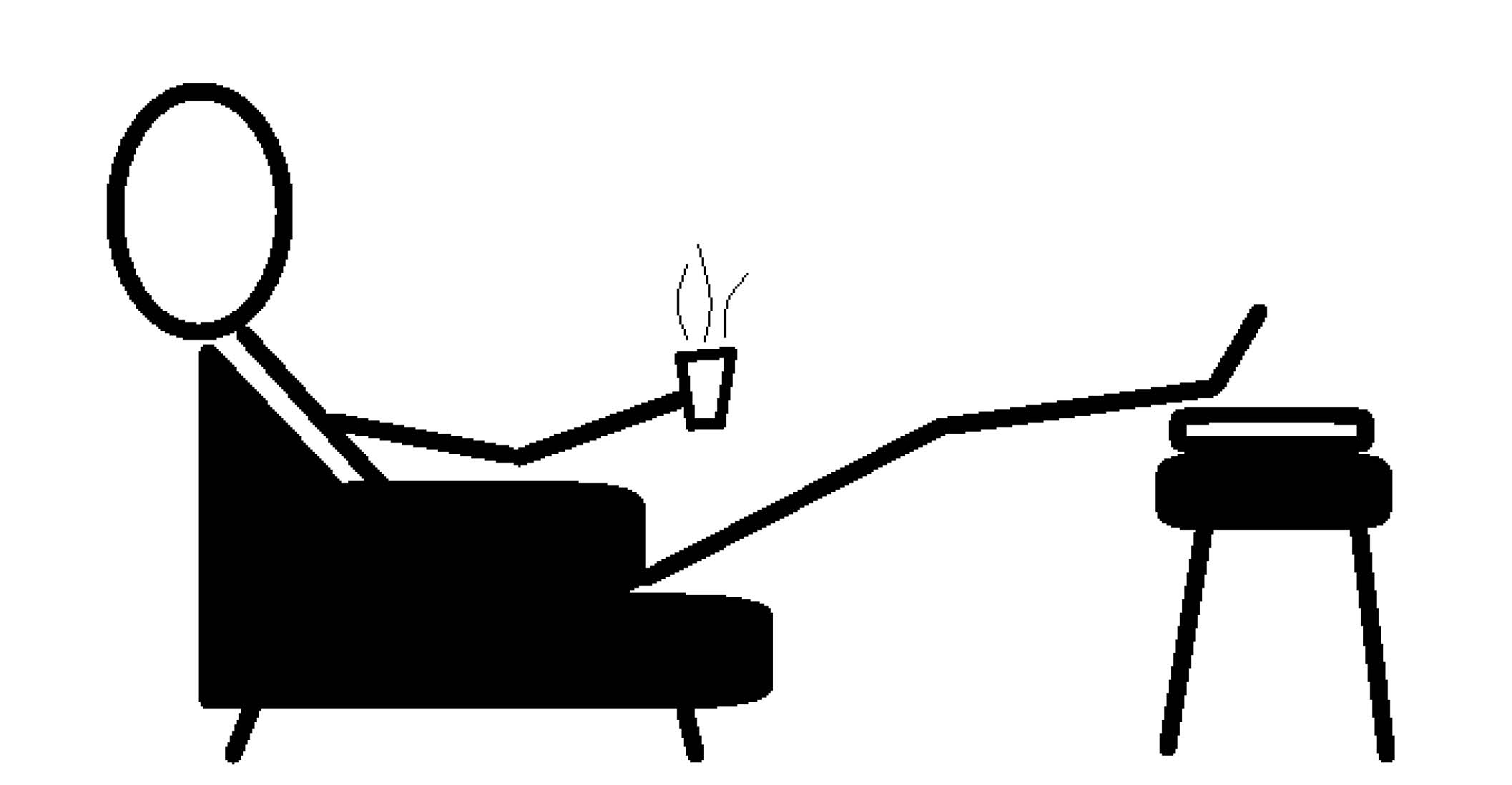Discharge advice following a lesser toe fracture
Information for patients from Trauma and Orthopaedics (T&O)
Your injury
.jpg)
Your toes are made up of small bones (phalanges); each is called a ‘phalanx’. You have broken a phalanx in one of your toes. A fracture is the same as a break in the bone.
This is a common fracture which normally heals well without problems.
The bones may take longer to heal if you suffer from diabetes or if you smoke.
Broken toes are often painful, and symptoms include;
pain
swelling
redness and bruising
stiffness.
Your treatment plan
You may walk on your foot as much as your pain allows. It may help to walk on your heel to start with.
A broken toe may be strapped to its neighbouring toe for comfort, not as a treatment. Strapping may be needed for two to three weeks.
You should wear supportive shoes with plenty of room for your toes and have firm soles, such as trainers or wide-fitting footwear.
This bone normally heals well without problems, so routine follow-up is not necessary.
What should I do at home?

Taking regular pain relief such as paracetamol or ibuprofen is advisable.
Swelling can be worse at the end of the day. Raising your foot above heart level when resting, will help reduce swelling.
Using ice (or a cold flannel) will help with any pain / swelling. Wrap crushed ice in a damp towel and place it over your injury. Leave the ice in place for 10 to 15 minutes, then remove. Do this every two to four hours during the day, for at least three days.
Caution: ice can cause burns, so do not put it directly on your skin, always use a towel. Protect sensitive skin with baby oil.
Early movement of your foot and ankle is important to promote circulation.
-
-1714470017.jpg) Sit or lay with your feet together, and your ankles touching.
Sit or lay with your feet together, and your ankles touching. -
-1714470022.jpg) Keeping your heels together, move your feet apart. Keep doing this exercise throughout the day.
Keeping your heels together, move your feet apart. Keep doing this exercise throughout the day.
How long will it take to heal?
Pain and swelling should gradually settle over the next few weeks.
It typically takes six weeks to heal, but symptoms may take several months to settle.
Occasionally, the fracture may not heal and will continue to be painful even after several months. You may need surgery at this stage to help heal the fracture.
What if I have any further questions or concerns?
If your pain gets worse or you are concerned about your foot, please contact your GP or nearest Urgent Treatment Centre for advice.